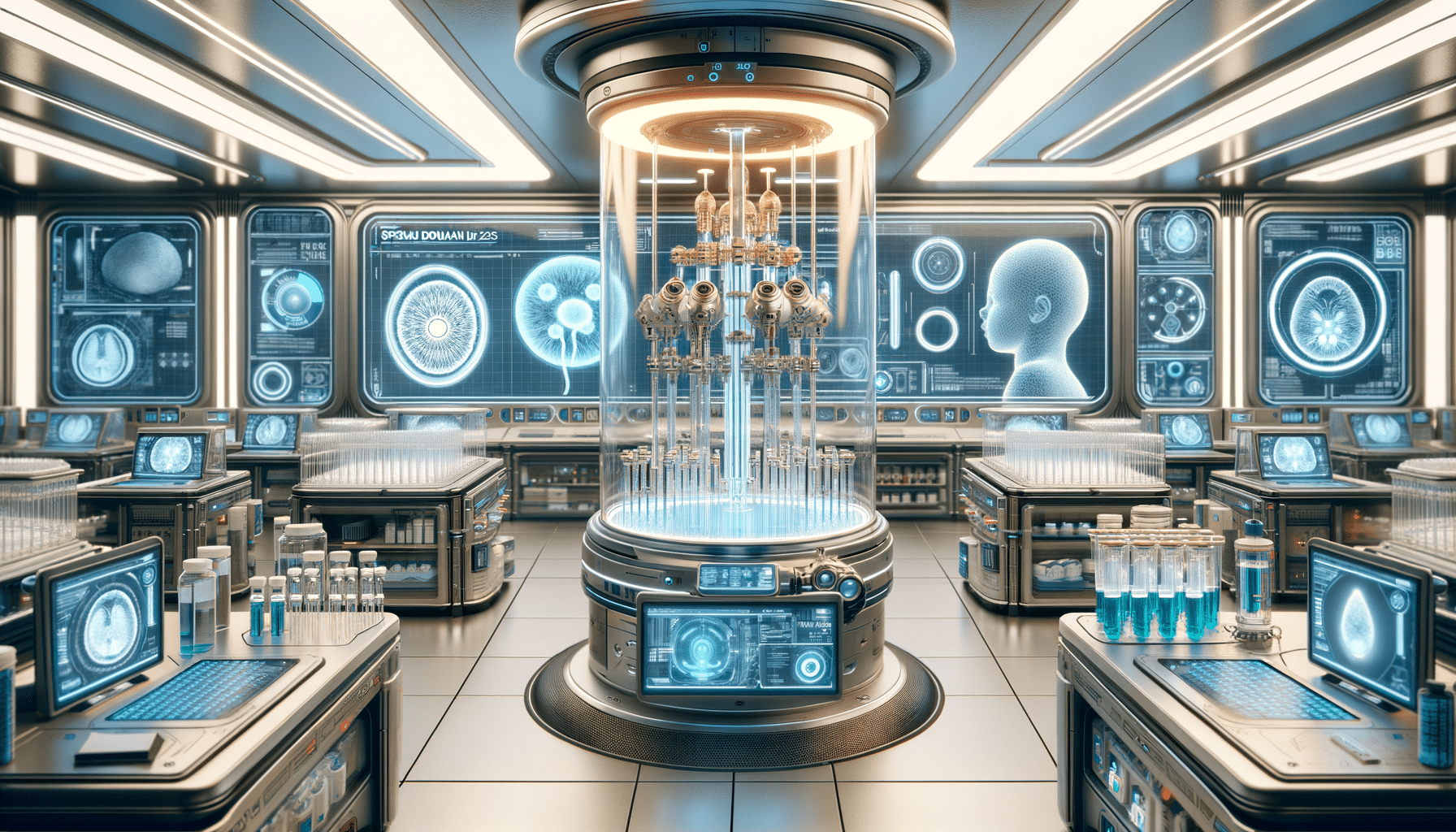
Sperm donation in 2025: What You Should Know
Introduction to Sperm Donation in 2025
As we step into 2025, the landscape of sperm donation continues to evolve, bringing with it new technologies, ethical considerations, and societal implications. This article delves into the current state of sperm donation, examining its significance in contemporary society and the factors shaping its future. Understanding these dynamics is crucial for individuals considering donation or those seeking to use donor sperm for family planning.
Technological Advancements in Sperm Donation
Technological innovations have significantly impacted sperm donation, making the process more efficient and accessible. Advances in genetic screening allow for a comprehensive analysis of donor sperm, ensuring higher quality and reducing the risk of genetic disorders. Additionally, improvements in cryopreservation techniques have enhanced the longevity and viability of stored sperm.
Moreover, digital platforms have revolutionized the way donors and recipients connect, offering a more streamlined and user-friendly experience. These platforms provide detailed profiles, including health history and personal interests, helping recipients make informed decisions. As technology continues to advance, it is expected that these platforms will become even more sophisticated, offering virtual consultations and AI-driven matching services.
Ethical and Legal Considerations
With the rise of sperm donation, ethical and legal considerations have come to the forefront. Issues such as donor anonymity, the rights of donor-conceived children, and the responsibilities of donors are hotly debated. Many countries are reevaluating their policies to balance the rights of all parties involved.
For instance, some regions are moving towards open-identity donation, where donor-conceived individuals can access information about their biological origins. This shift aims to address the psychological and emotional needs of donor-conceived individuals seeking a sense of identity and belonging.
Societal Impact and Changing Perceptions
The societal perception of sperm donation has evolved, with increasing acceptance and recognition of diverse family structures. As more individuals and couples turn to donor sperm for family building, the stigma surrounding assisted reproductive technologies continues to diminish.
Public awareness campaigns and education initiatives play a crucial role in shaping perceptions, promoting understanding, and reducing misconceptions. These efforts highlight the importance of inclusivity and support for all families, regardless of how they are formed.
The Future of Sperm Donation
Looking ahead, the future of sperm donation appears promising, with continued advancements and societal shifts paving the way for more inclusive and accessible options. As research progresses, we can expect further improvements in genetic screening, cryopreservation, and donor-recipient matching processes.
Additionally, international collaboration and standardization of practices may enhance the quality and safety of sperm donation globally. By embracing innovation and addressing ethical considerations, the sperm donation industry can continue to support individuals and families in their reproductive journeys.


